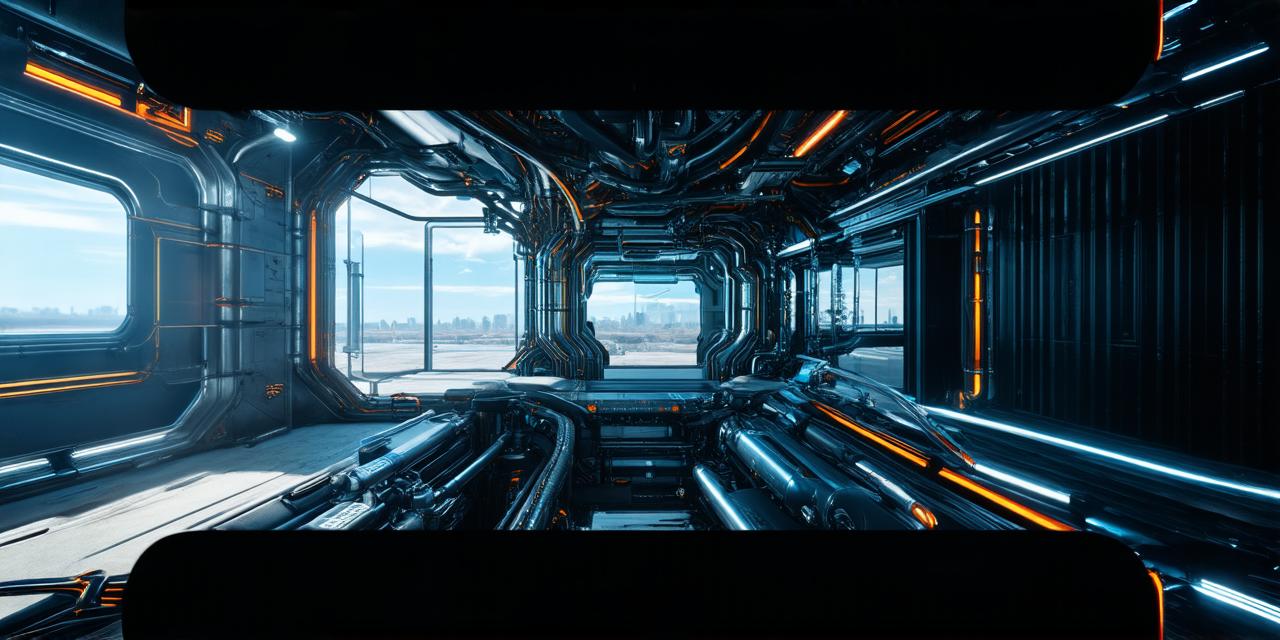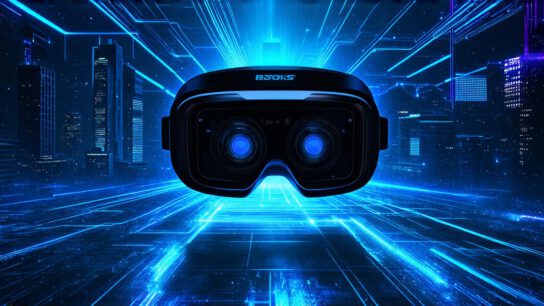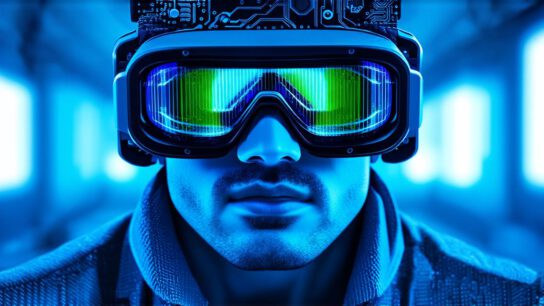As virtual reality (VR) technology continues to advance, it’s becoming increasingly popular in industries like engineering. VR provides a unique opportunity to simulate real-world scenarios and test designs without the need for physical models or expensive equipment. In this article, we’ll explore the many benefits of using virtual reality for engineers and how it can help streamline your workflow.
1. Improved Visualization
One of the biggest advantages of VR is its ability to provide a realistic visual representation of a project or design. Engineers can use VR headsets to view their designs in 3D, allowing them to get a better sense of how things will look and function in real life. This can be especially useful for complex projects that require a lot of planning and precision, such as architecture or engineering.
2. Reduced Costs
Using VR technology can significantly reduce costs associated with traditional engineering methods. For example, instead of building a physical model to test a design, engineers can use VR to simulate the scenario and make any necessary changes without incurring additional expenses. This can save time and money, ultimately leading to a more cost-effective solution.
3. Enhanced Collaboration
Virtual reality can also enhance collaboration between engineers and other stakeholders. With VR, teams can work together in virtual environments, allowing them to communicate and share ideas more effectively. This can be especially useful for remote teams or those working with clients in different locations.
4. Increased Efficiency
Virtual reality can help streamline the engineering process by allowing engineers to test designs quickly and easily. With VR simulations, engineers can identify potential issues early on and make adjustments before investing in physical models or equipment. This can save time and increase overall efficiency, ultimately leading to a more efficient workflow.
5. Improved Safety
Virtual reality can also improve safety by allowing engineers to test designs in a controlled environment. Engineers can simulate dangerous scenarios, such as building collapses or construction accidents, without putting themselves or others at risk. This can help reduce the likelihood of accidents and injuries on job sites.
6. Increased Creativity
Virtual reality can also enhance creativity by allowing engineers to explore new design possibilities. With VR simulations, engineers can try out different layouts and styles, allowing them to come up with more innovative solutions to complex problems. This can lead to a more creative and effective approach to engineering.
7. Enhanced Training
Virtual reality can also enhance training for engineers by providing a realistic environment for practicing new skills. With VR simulations, engineers can train in safe and controlled environments, allowing them to learn at their own pace without putting themselves or others at risk. This can be especially useful for training new employees or refreshing existing skills.
8. Improved Communication
Virtual reality can also improve communication between engineers and stakeholders by providing a more immersive experience. With VR, teams can communicate in virtual environments, allowing them to share ideas and feedback in real-time. This can help reduce misunderstandings and increase overall effectiveness.
9. Reduced Waste
Virtual reality can also reduce waste by allowing engineers to test designs before investing in physical models or equipment. With VR simulations, engineers can identify potential issues early on and make adjustments before investing in expensive materials or resources. This can help reduce waste and increase efficiency.
10. Increased Accuracy
Virtual reality can also increase accuracy by allowing engineers to test designs in a controlled environment. With VR simulations, engineers can identify potential issues early on and make adjustments before investing in physical models or equipment. This can help ensure that designs are accurate and meet the necessary standards.
Case Studies: How Virtual Reality is Revolutionizing Engineering
The Construction Industry
One industry that has already embraced virtual reality technology is construction. Companies like Bechtel and Autodesk have been using VR to simulate construction projects, allowing them to test designs and make adjustments before investing in physical models or equipment. This has helped reduce costs and improve efficiency, ultimately leading to more cost-effective solutions.
The Aerospace Industry
Another industry that is using virtual reality technology is aerospace. Companies like NASA and Airbus are using VR to simulate space missions and aircraft designs, allowing them to test designs in a controlled environment. This has helped improve safety and reduce costs by allowing engineers to identify potential issues early on and make adjustments before investing in physical models or equipment.
The Automotive Industry
The automotive industry is also using virtual reality technology to revolutionize their workflow. Companies like Ford and Toyota are using VR to simulate vehicle designs, allowing them to test designs in a controlled environment. This has helped improve safety and reduce costs by allowing engineers to identify potential issues early on and make adjustments before investing in expensive materials or resources.



